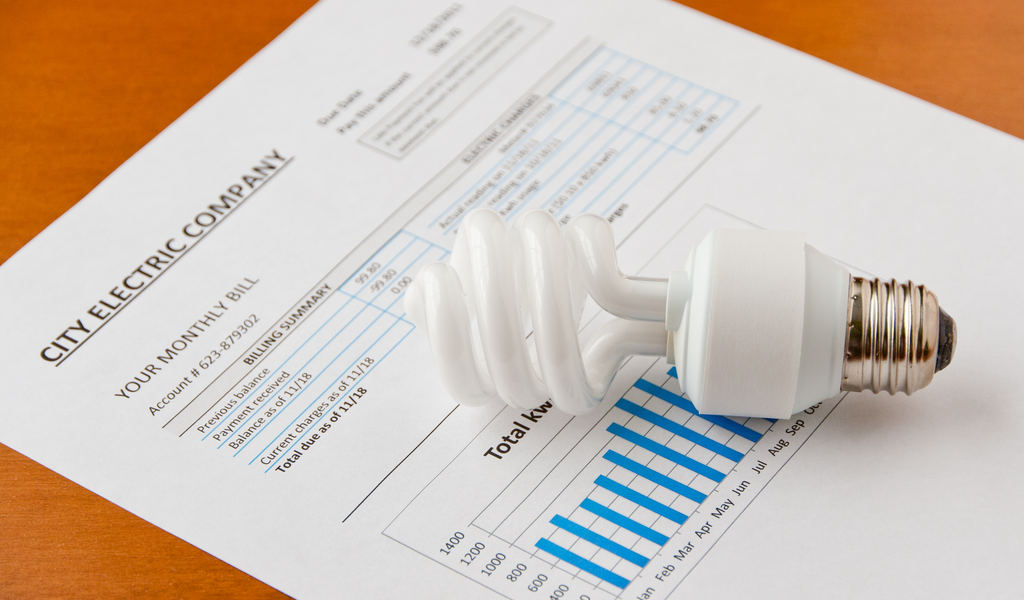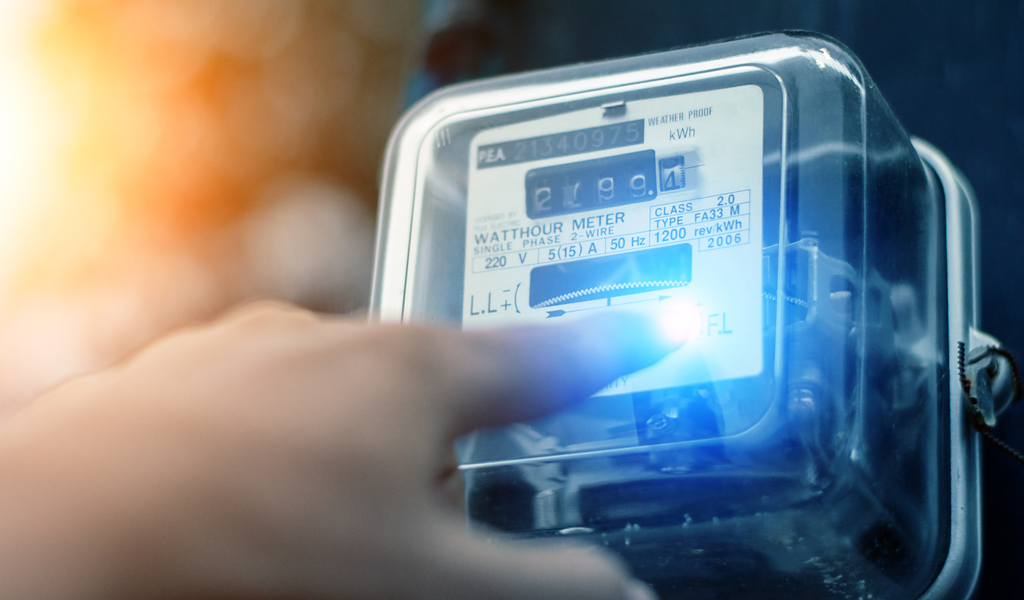Who amongst us hasn’t opened up that dreaded electricity bill and been shocked to realize just how much it has amounted to? So, if you’re looking for smart ways to cut down your home energy bill, you’ve come to the right place!
Being more energy efficient isn’t just a way to reduce your monthly expenses – it is also a great way to reduce your carbon footprint and be a more environmentally-conscious human being. From common-sense tips to high-tech ideas, reducing your energy consumption – and bill – is easier now than it ever was.

1. Unplug Unused Devices
Coyly named “energy vampires”, these are plugged in devices that draw electricity even when they’re turned off or not being used. For example, the clock running on your cable box or “Alexa” lying dormant but listening for when you mention her name next.
Yes, it’s convenient, but according to the US Office of Energy Efficiency & Renewable Energy, these phantom loads of power can cost an American household up to $100 a year! And all you have to do to avoid these unnecessary charges is unplug. Jill Caponera, a consumer savings expert for promocodes.com, suggests using smart power strips that can be programmed to be turned off during specific times of the day or during periods of inactivity.
2. Get a Smarter Thermostat
Smart thermostats can go a long way in lowering your energy bills as they can adjust heating and cooling according to the weather and other factors. Some thermostats, like ecobee4, go even further and adjust the temperature on a room-by-room basis depending on which ones are occupied. Cooling a room that no one is in can be a huge waste of energy! Caponera says that the average smart thermostat can help snip of a cool $180 per year on your energy bill.
3. Switch to LED Lighting
You may have to spend a bit more upfront when it comes to buying LED light bulbs compared to the standard incandescent bulbs, but it will pay for itself in no time! Not only do LED bulbs use 90% less energy, they also last about 15 times longer. That means one LED bulb is equal to 15 regular ones – and it takes up way less energy. To put that into context, if you use a Philips LED bulb, which is said to have a lifetime of 25,000 hours, for 3 hours per day, it will last for about 20 years!
4. Turn off the lights
According to Energy Star, a standard American household spends about $200 per year on lighting, which amounts to about 20% of all energy usage. Turning the lights off when you leave a room is just common sense, but if you’re someone who tends to forget, it might be worth investing in a smart light switch like ecobee Switch+. This smart switch turns the lights off automatically after a few minutes of you leaving the room, and it can also be used to turn the lights on when you enter the house so it’s not completely dark.
5. Install a Whole House Fan
The air conditioner sucks up a lot of energy, so a suitable alternative would be to use a whole house fan, especially at night when you are asleep. “A whole house fan pulls in the cool night air from outside while pushing out the hot air that has been sitting in your home all day,” explains Elizabeth Dodson, co-founder of HomeZada.
While you may have to dish out a bit more than $1,000 to install a whole house fan, the money can be easily recouped with lower energy bills, according to Dodson.
6. Avoid the Oven
An oven not only heats up on the inside but also radiates a lot of heat outside. This makes the air warmer, meaning that the air conditioner has to work harder and use up more energy to cool the room down. Other similar devices that radiate excess heat are best avoided when using an air conditioner. “Opt to cook with the microwave or stovetop when possible,” says Greer Ryan, a renewable energy and research specialist at the Center for Biological Diversity. Or you could fire up the grill and cook outside!
7. Use Fans Strategically
Fans cool down your body temperature by creating a wind-chill effect. “The movement of air over your skin evaporates moisture on your skin’s surface. This pulls heat away from your body, creating a cooling effect for you,” explains Andrew Keezer, COO of Rise.
If it’s too warm to simply open the windows and turn on the ceiling fan, you can still use it alongside the air conditioner. Running them both side-by-side allows you to set the thermostat up to 4 degrees warmer and still feel comfortable. Just remember to turn the fan off when you leave the room because fans cool people and not rooms!

8. Plant your Garden Strategically
Keezer says that planting leafy trees and tall shrubs on the south-facing side of your house can help keep your house cooler by blocking some of the direct sunlight from the hot sun. Some window box flowers may also be a good idea!
On the other hand, make sure there aren’t any bushes or overgrown shrubs surrounding your HVAC unit, as it may block the airflow – resulting in the use of more energy to cool your house.
9. Upgrade your Windows and Shades
If you can afford it, consider replacing your windows with energy-efficient ones that block out the summer sun’s heat. This makes the air inside less warm and therefore, requires less cooling. Similarly, when picking window treatments, consider picking insulated cellular shades.
According to the Department of Energy, these single-cell shades, also known as honeycomb shades, can reduce heat loss in the winter by at least 40% and block solar heat in the summer by up to 80%. “Even better, these shades can be automated, allowing them to be programmed to rise and fall at certain times of the day to support your energy savings,” explains Brianna Goodwin, President of Ver-Tex Construction.
10. Use Less Hot Water
An average household spends around $400-$600 every year on water heating, which is approximately 18% of all your utility bills! The first step to reducing your hot water usage is to take shorter showers, but you can take it a level up by installing a smart shower head that monitors water usage and temperature. Having real-time data on how much water and energy you’re using will encourage you to be more efficient.
11. Plan Your Laundry Routine
Sarah Hancock of Bestcompany.com says that you should always collect enough laundry so you can run a full load in the washer and to use a lower-temperature setting while you do. Always air dry your clothes when possible, but if you do use a dryer, make sure to clean the lint trap before starting.
You will also need to remove the vent duct that connects from the back of your dryer to outside the house regularly to clean it out.



